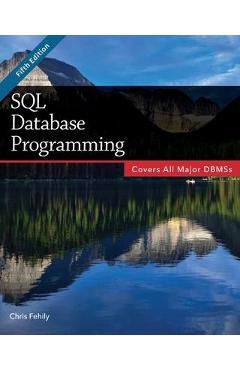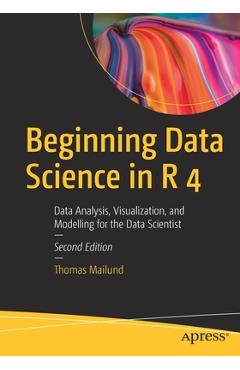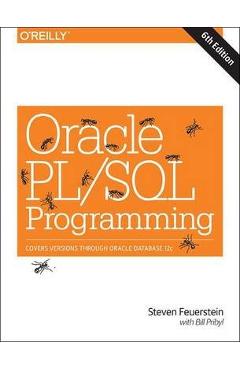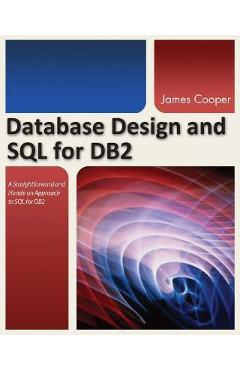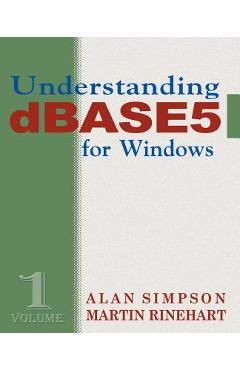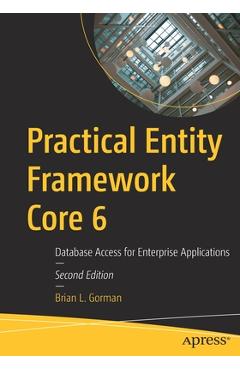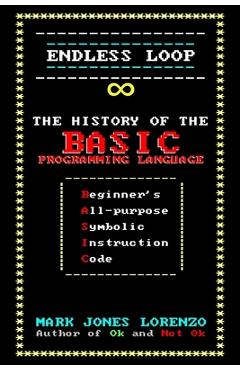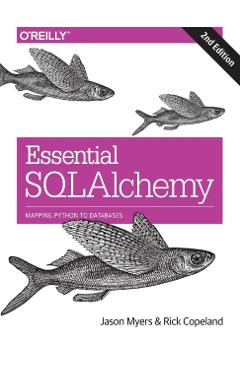Object-Role Modeling Fundamentals: A Practical Guide to Data Modeling with ORM
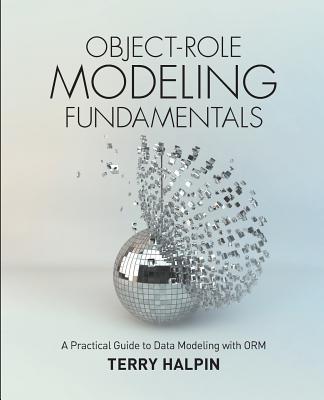
Object-Role Modeling Fundamentals: A Practical Guide to Data Modeling with ORM
Object-Role Modeling (ORM) is a fact-based approach to data modeling that expresses the information requirements of any business domain simply in terms of objects that play roles in relationships. All facts of interest are treated as instances of attribute-free structures known as fact types, where the relationship may be unary (e.g. Person smokes), binary (e.g. Person was born on Date), ternary (e.g. Customer bought Product on Date), or longer. Fact types facilitate natural expression, are easy to populate with examples for validation purposes, and have greater semantic stability than attribute-based structures such as those used in Entity Relationship Modeling (ER) or the Unified Modeling Language (UML).
All relevant facts, constraints and derivation rules are expressed in controlled natural language sentences that are intelligible to users in the business domain being modeled. This allows ORM data models to be validated by business domain experts who are unfamiliar with ORM's graphical notation. For the data modeler, ORM's graphical notation covers a much wider range of constraints than can be expressed in industrial ER or UML class diagrams, and thus allows rich visualization of the underlying semantics.
Suitable for both novices and experienced practitioners, this book covers the fundamentals of the ORM approach. Written in easy-to-understand language, it shows how to design an ORM model, illustrating each step with simple examples. Each chapter ends with a practical lab that discusses how to use the freeware NORMA tool to enter ORM models and use it to automatically generate verbalizations of the model and map it to a relational database.
PRP: 247.69 Lei
Acesta este Pretul Recomandat de Producator. Pretul de vanzare al produsului este afisat mai jos.
222.92Lei
222.92Lei
247.69 LeiLivrare in 2-4 saptamani
Descrierea produsului
Object-Role Modeling (ORM) is a fact-based approach to data modeling that expresses the information requirements of any business domain simply in terms of objects that play roles in relationships. All facts of interest are treated as instances of attribute-free structures known as fact types, where the relationship may be unary (e.g. Person smokes), binary (e.g. Person was born on Date), ternary (e.g. Customer bought Product on Date), or longer. Fact types facilitate natural expression, are easy to populate with examples for validation purposes, and have greater semantic stability than attribute-based structures such as those used in Entity Relationship Modeling (ER) or the Unified Modeling Language (UML).
All relevant facts, constraints and derivation rules are expressed in controlled natural language sentences that are intelligible to users in the business domain being modeled. This allows ORM data models to be validated by business domain experts who are unfamiliar with ORM's graphical notation. For the data modeler, ORM's graphical notation covers a much wider range of constraints than can be expressed in industrial ER or UML class diagrams, and thus allows rich visualization of the underlying semantics.
Suitable for both novices and experienced practitioners, this book covers the fundamentals of the ORM approach. Written in easy-to-understand language, it shows how to design an ORM model, illustrating each step with simple examples. Each chapter ends with a practical lab that discusses how to use the freeware NORMA tool to enter ORM models and use it to automatically generate verbalizations of the model and map it to a relational database.
Detaliile produsului









